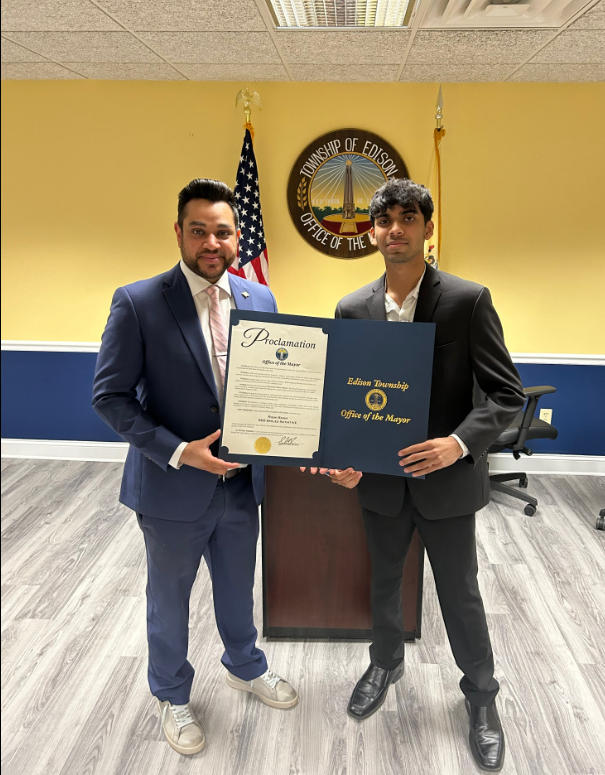The Long-Awaited COVID-19 Vaccine

January 7, 2021
After approximately a year of coronavirus outbreaks and infections, a vaccine was finally approved and administered in mid-December to healthcare workers and residents in long-term nursing homes. Although this has brought hope to most of the population, there is still a lot of speculation on whether this vaccine will actually terminate the coronavirus pandemic. Therefore, understanding the COVID-19 vaccine in terms of science is important when determining its effect on the population.
Unlike typical vaccination processes where the injection of a weakened germ triggers an immune response, the COVID-19 vaccine involves mRNA, subsequently categorizing it as an mRNA vaccine. Specifically, in its processes, the vaccination instructs the cells in someone’s body to make a spike protein, which is a harmless protein that is found on the surface of the coronavirus. When the spike proteins are created, the cells follow further instructions on how to get rid of them.
From this process, the cells will gradually learn that the spike protein does not belong in the body; as a result, when someone is infected with the coronavirus, the cells would make antibodies because they have already developed an immune response to the protein.
From case-control studies, cohort studies, screening methods, and ecologic analyses, experts continue to evaluate the effectiveness of the COVID-19 vaccine. Despite the possibilities of the ineffectiveness of the vaccine, it is still recommended for people ages 16 years and older to take the shot when it is open to the entire public. With this newly-approved vaccine, many hope that it will contribute to the path towards normalcy and the end of the coronavirus pandemic.













